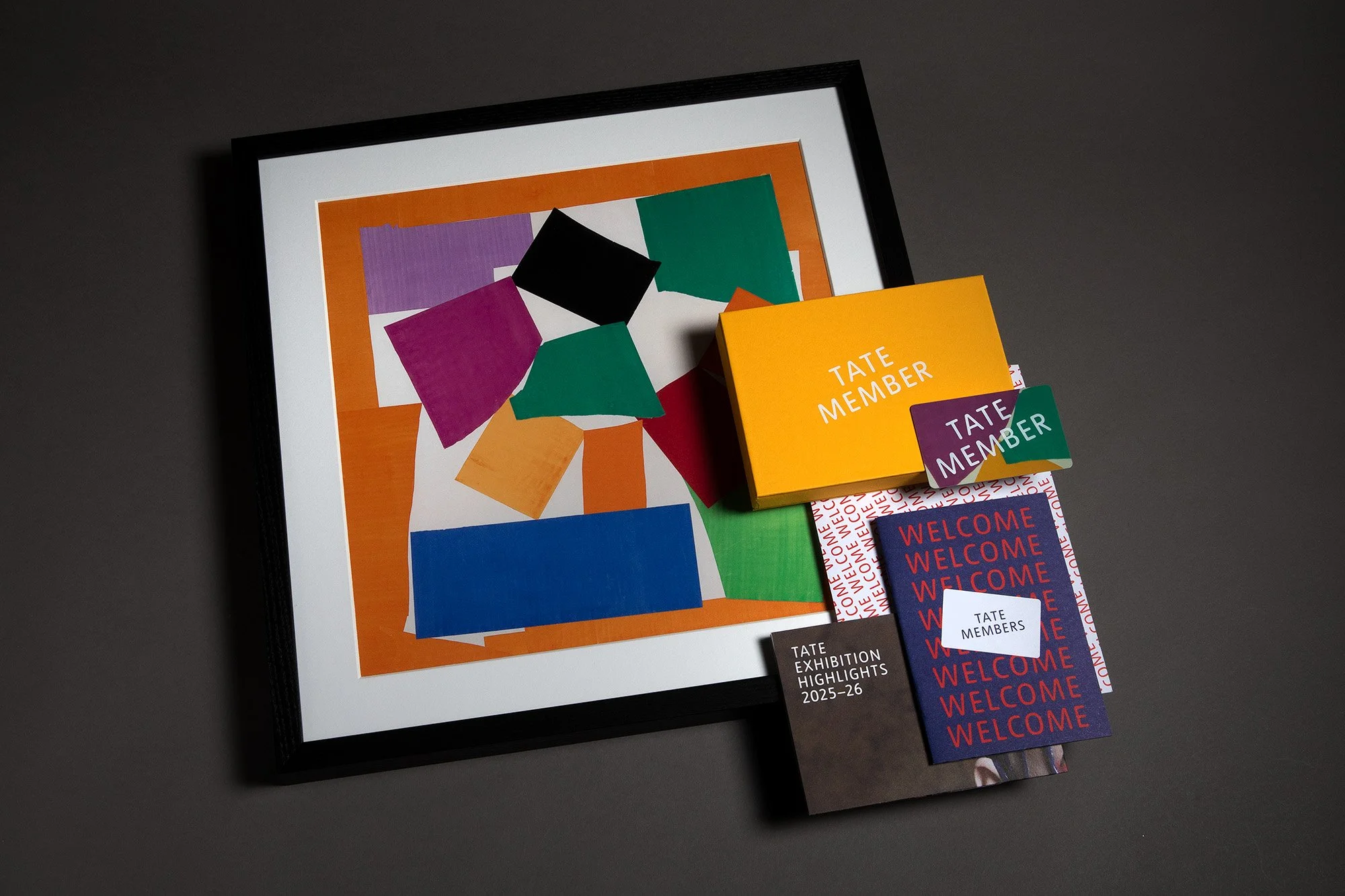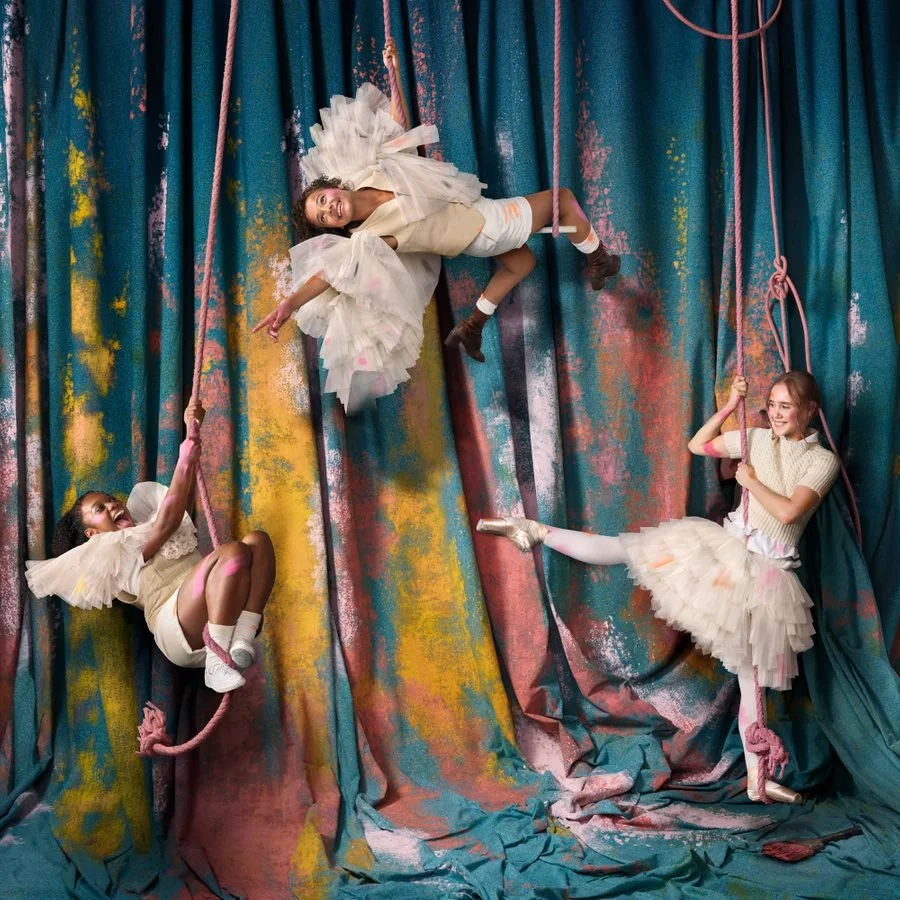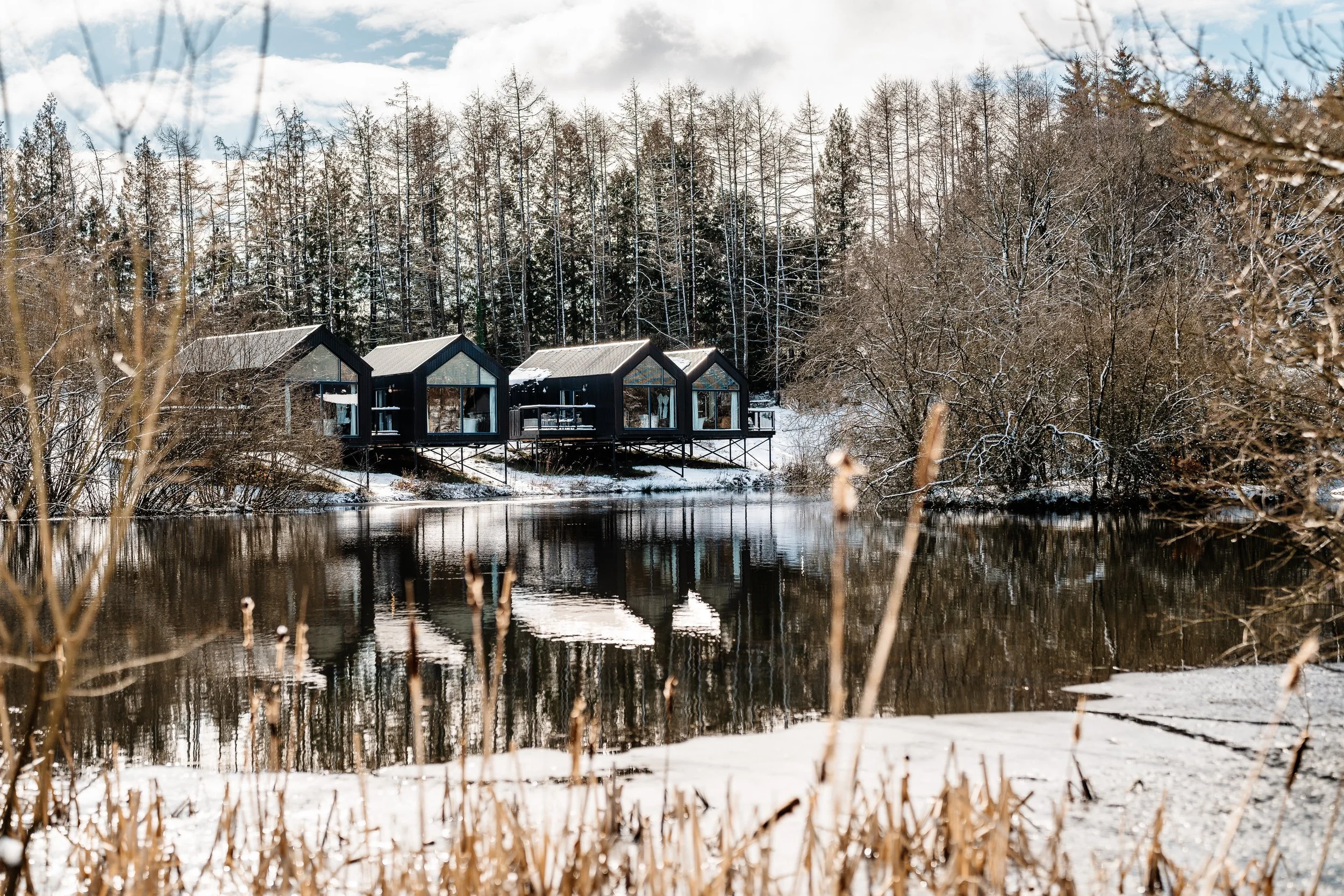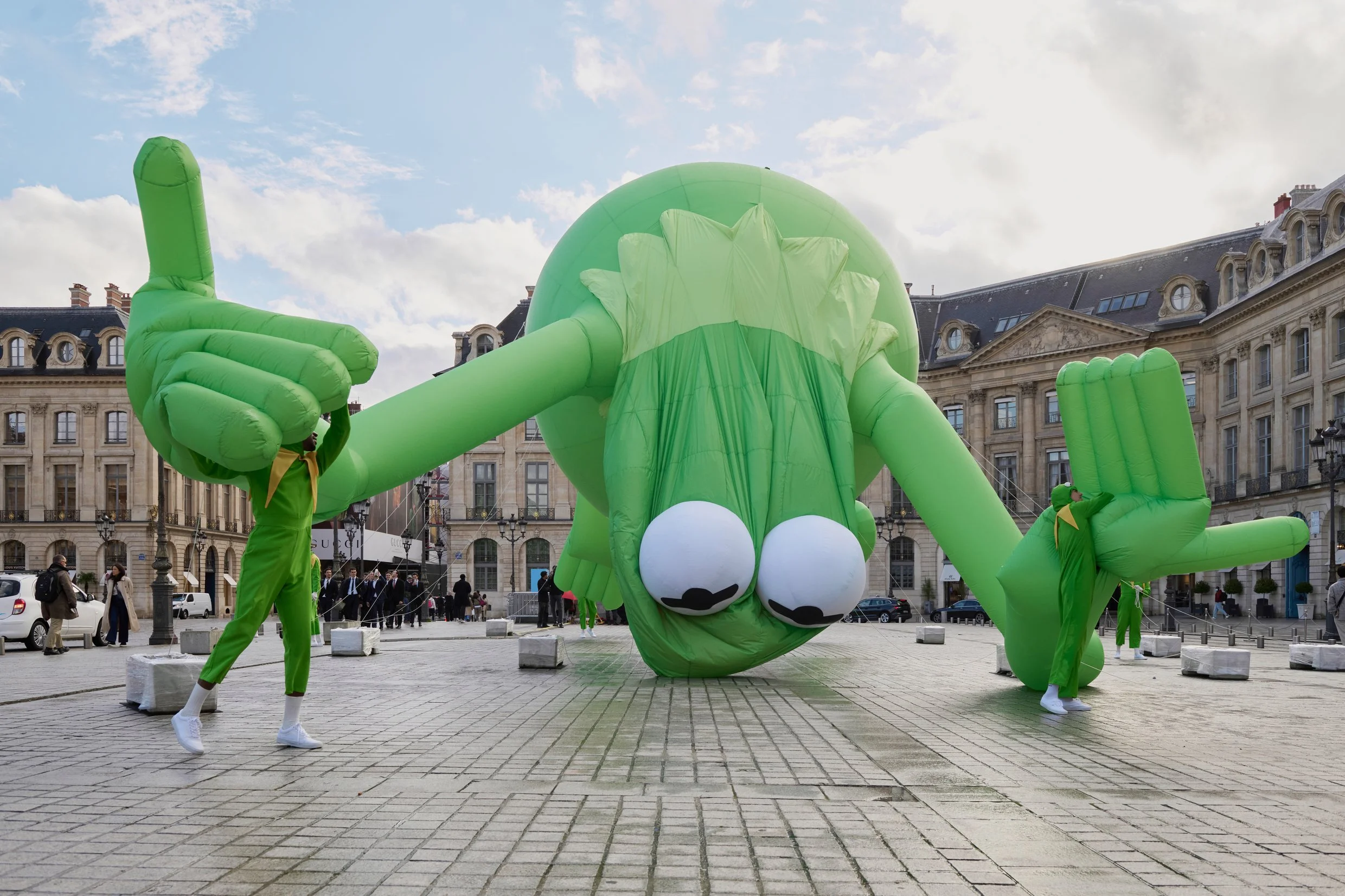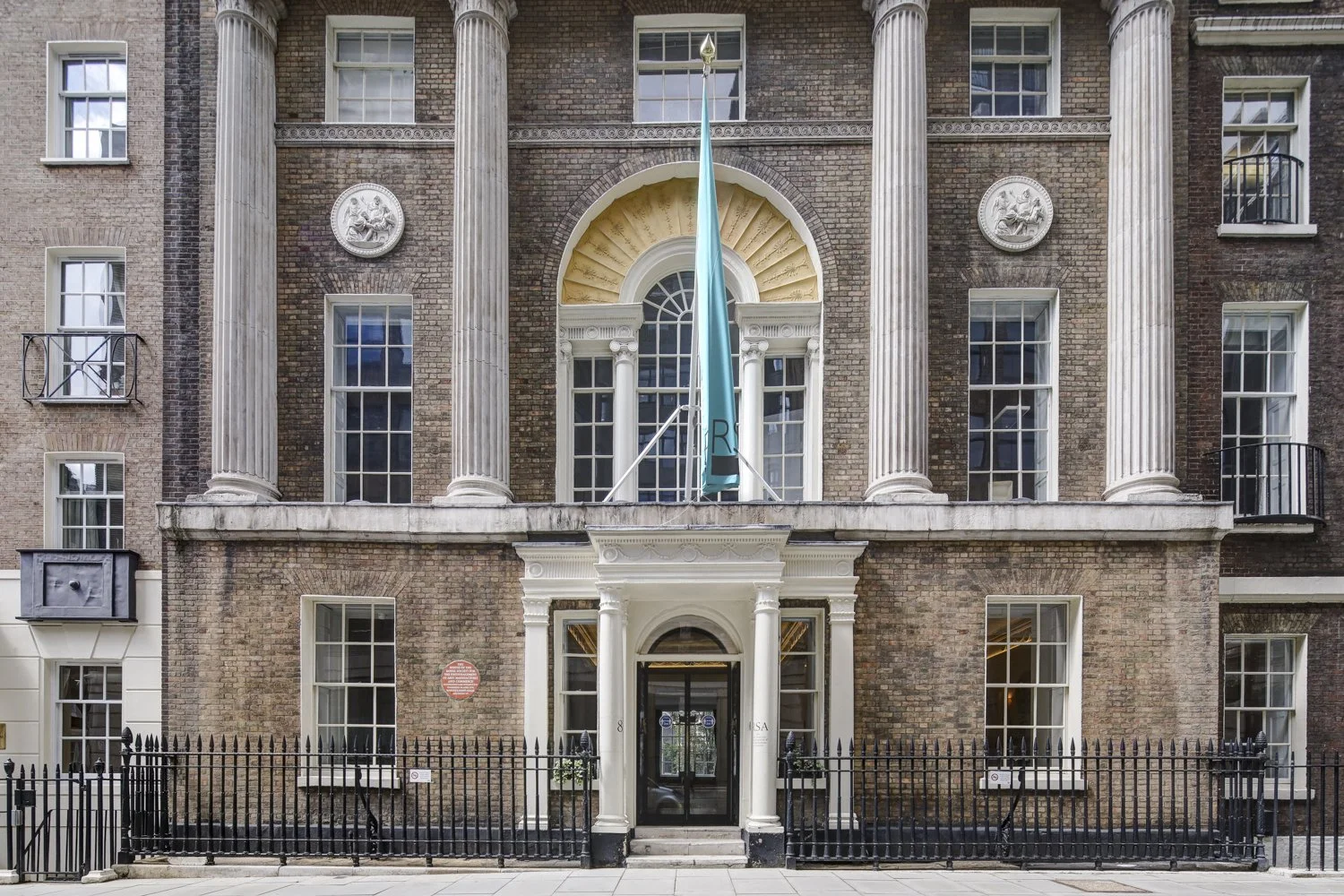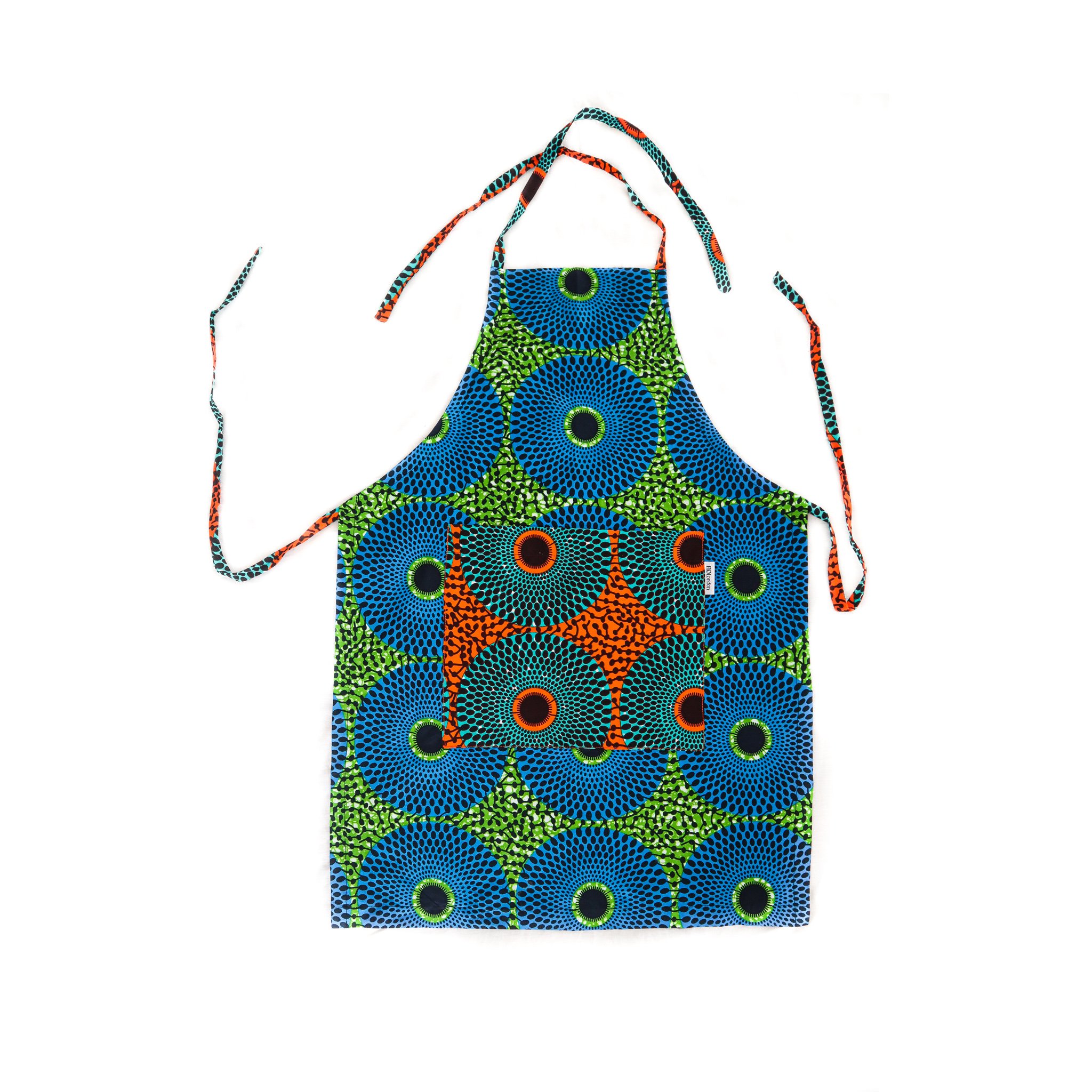The 2025 Serpentine Pavilion, "A Capsule in Time," designed by Marina Tabassum
The 2025 Serpentine Pavilion, A Capsule in Time, designed by celebrated Bangladeshi architect and educator Marina Tabassum, and her firm, Marina Tabassum Architects (MTA), opens on 6 June at the Serpentine South Gallery lawn, marking its opening with an Architect’s Talk where she will be in conversation with Hans Ulrich Obrist, Artistic Director at the Serpentine.
Marina Tabassum. Photo: © Asif Salman
Tabassum’s Pavilion marks the 25th year of this pioneering commission, which began in the year 2000 with an inaugural design by Dame Zaha Hadid, who also designed the extension of the Serpentine Gallery North. The aim of the Pavilion commission is to select architects who consistently extend the boundaries of contemporary architectural practice and introduce them to wider audiences. For many Londoners, such as myself, a visit to the Pavilion is a summer highlight. Each year the space is designed for use as a café by day, a place to meet, educate and entertain by night with live performances, DJ sets, and parties (the fundraising Serpentine Summer Party is held here and is a sought-after invitation on London’s social calendar).
Serpentine Pavilion 2025 A Capsule in Time, designed by Marina Tabassum, Marina Tabassum Architects (MTA). Exterior view. © Marina Tabassum Architects (MTA), Photo Iwan Baan, Courtesy: Serpentine.
We attended the preview launch of the pavilion where Tabassum spoke of her aspiration to connect architecture with time. How does one make architecture timeless? How can you take your legacy and go beyond your living moments in this world? With this in mind, she has given us “A Capsule in Time”. The design resonates with Serpentine South and aims to prompt a dialogue between the permanent and the ephemeral nature of the commission.
When awarded the commission, the ceremonial Shamiana tents of her childhood immediately came to mind with their pavilion-like structure. Most commonly found on the Indian subcontinent, they are made from a bamboo structure then covered in colourful fabric. She has memories as a child of being in these structures and seeing the light coming through. Tabassum sees light as an important material in architecture, which is evident in her design of the Bait ur Rouf Mosque in Dhaka, known for its perforated brickwork, which won the Aga Khan Award for Architecture in 2016. Here she has brought the atmospheric idea of light into the project, firstly through the translucency and subtly coloured glass panels filtering dappled light into the interior spaces, as well as by opening it up in a way so air and light come through. The centre panels on the apex of the pavilion’s ceiling are pure glass from which you can see the sky above.
Serpentine Pavilion 2025 A Capsule in Time, designed by Marina Tabassum, Marina Tabassum Architects (MTA). Exterior view. © Marina Tabassum Architects (MTA), Photo Iwan Baan, Courtesy: Serpentine.
The contemporary design is also engaging in its environs and considers climate. It is her first structure to be made entirely of wood. The voluminous oblong-shaped capsule runs on a north to south axis in four sections with no doors. One can see through to the trees of the park, which includes a central gap aligned with the Serpentine Gallery bell tower. A semi-mature Ginkgo tree was chosen to stand at its centre, rooting it to the earth. The selection of this is well considered, as it is a climate-resilient tree species dating back to the Jurassic period and is not susceptible to many current pests and diseases. Following the pavilion’s closure, it will be given an afterlife when it is planted out into the gardens of Hyde Park in October. The tree will transform during its time in the capsule, turning from green to yellow as autumn approaches.
Serpentine Pavilion 2025 A Capsule in Time, designed by Marina Tabassum, Marina Tabassum Architects (MTA). Exterior view. © Marina Tabassum Architects (MTA), Photo Iwan Baan, Courtesy: Serpentine.
Climate has increasingly played a huge role in Tabassum’s practice with projects that are socially, politically, and ecologically engaged. Bangladesh has already been a victim of climate change, with rising sea levels often causing flooding. She was awarded the Soane Medal for her pioneering work on humanitarian and sustainable architecture, particularly her low-cost climate-responsive housing projects such as the celebrated Khudi Bari (small house) modular structures, easily disassembled and moved when necessary, which is able to house a family of four.
Serpentine Pavilion 2025 A Capsule in Time, designed by Marina Tabassum, Marina Tabassum Architects (MTA). Exterior view. © Marina Tabassum Architects (MTA), Photo Iwan Baan, Courtesy: Serpentine.
Additionally, Tabassum’s design also features a kinetic element where one of its central sections is able to move and join one of the arched ends to form a larger covered area, transforming the Pavilion into a new spatial configuration protecting visitors from nature’s elements of rain and wind.
Serpentine Pavilion 2025 A Capsule in Time, designed by Marina Tabassum, Marina Tabassum Architects (MTA). Exterior view. © Marina Tabassum Architects (MTA), Photo Iwan Baan, Courtesy: Serpentine.
With A Capsule in Time, Marina Tabassum has created a special place in Hyde Park embracing nature and light, forming an environment where she hopes that over the coming months everybody will arrive here with their own uniqueness, setting aside their differences and connect while enjoying a platform that is open for all.
Serpentine Pavilion 2025 A Capsule in Time, designed by Marina Tabassum, Marina Tabassum Architects (MTA). Exterior view. © Marina Tabassum Architects (MTA), Photo Iwan Baan, Courtesy: Serpentine.
TIP: Do look out for the Serpentine’s Park Nights in July, an annual interdisciplinary platform for live encounters in music, poetry, performance, and dance that will see artists create site-specific work.
Date: 6 June – 26 October 2025. Location: Serpentine Gallery South Lawn, London W2 3XA. Price: Free. serpentinegalleries.org
Review by Natascha Milsom











